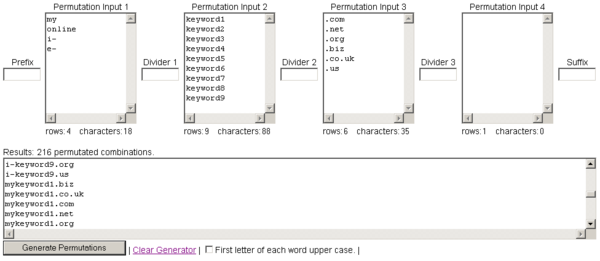

To do this with databases you need to know about the Boolean system. The database can do a lot of work for you if you take the trouble to add a little sophistication to your search strings. By putting a little effort into constructing search strings (what you type into the search box) you can save a lot of time. It takes a long time to look at hundreds of records. Most searches will return too many or too few records. Boolean Searching What is Boolean Searching? Not all the techniques covered here will be supported by all databases - you are advised to look at the help pages as you learn to use a new database since that will save you a lot of time and frustration. This eliminates ambiguity for the search engine and ensures that in its results maiden must exist, either unicorn and pegasus may exist, but that the term "tapestry" should not exist.The techniques explained in this page will help you become the fast, effective searcher you really need to be as a distance learning student relying on online information sources.

By grouping the terms this way, you are telling the search engine which terms must be present and which terms are optional. In the above example, (unicorn OR Pegasus) is a sub-query. When your search query includes multiple Boolean operators, parenthesis are important to help the search engine group them in a way that is relevant for your research. This set of results is smaller than the previous one, and no longer includes any content that includes the word, "tapestry." Using NOT in queries let the search engine know that we are not interested in the subsequent terms of the search. If you are seeing too many results that are not relevant to their research, finding a common pattern or theme in those results in which you might exclude a term, might be helpful.įor example, if you were only looking for scholarship on magical creatures that mentions unicorns or Pegasus, but do not want to see any results that include tapestries, the following query would work: Using the NOT Boolean operator will narrow your search results by telling the search engine to exclude results that have a particular search term present. The OR operator also works well if you want to include multiple synonyms in the same search. Using the OR Boolean operator will expand your search results by telling the search engine to return results that have EITHER/ANY of the search terms present.įor exampe, if you wanted to expand your results to include texts that mention unicorns and include results that mention Pegasus as well, the OR operator would expand that search:Īfter using the OR operator, you will return an expanded list of results to review. This will decrease the number of results to review and help you more easily find a relevant article.Īll 1,386 total results will include both the term “unicorn” and the term “maiden.”

If, for example, you are interested in researching the claim that unicorns appear to maidens, you might refine this set of results further by adding the operator AND along with "maiden” to your "unicorn" search. Learn more about the AND, OR, and NOT operators, and how they work on JSTOR, below:ĪND is the default Boolean operator, and using it will narrow your search results by telling the search engine to return results that have BOTH/ALL search terms present.įor example, when you search JSTOR for scholarly content using only the search term "unicorn," the search yields a very large set of results. To use them, Boolean operators must be typed in all capital letters.
Boolean search tools how to#


 0 kommentar(er)
0 kommentar(er)
